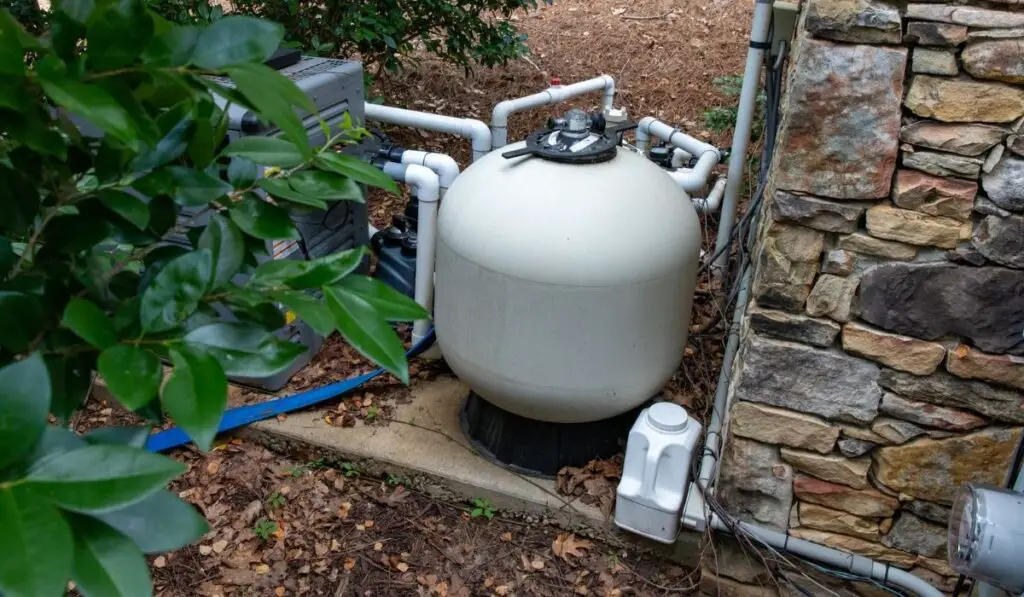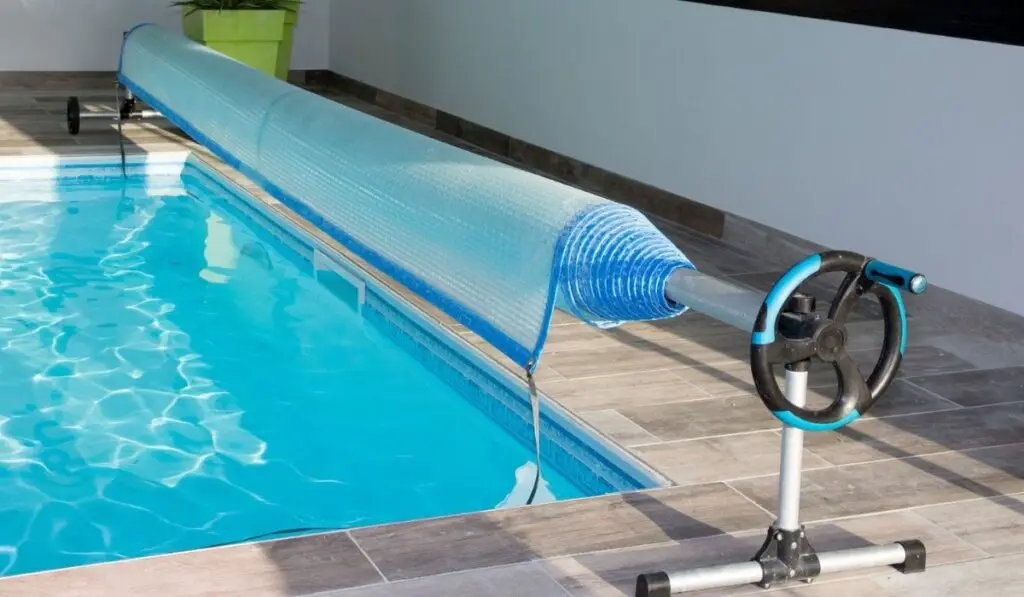In terms of renewable energy, heat pumps have proven to be an extremely effective tool. Their primary function is to gather energy from the atmosphere and transfer it to your swimming pool’s flowing water. However, many people have been asking questions about how this really works: how does a heat pump pull energy from the air during the cold winter days? Do pool heat pumps work in the winter?
Most pool heat pumps can function effectively in temperatures as low as 5°F (-15°C). There are some pool heat pumps that can work at -10°F (-23°C). Pool heat pumps are a great option if you want to heat your pool all year round.
A heat pump functions the same in both warm and cold temperatures. It functions by transferring the heat in the air through the evaporator coil into the water, utilizing the free heat of nature in the process. When the temperature is cold, a heat pump will start to freeze the condensate that builds up on the evaporator coil. Let’s look at how a heat pump functions when the temperature is cold, how to winterize your pump, and some other ways to keep your pool nice and warm throughout the year.
How Do Heat Pumps Work?

The only difference between how a heat pump like the ComforTemp Heat Pump (on Amazon) functions during the cooling and heating modes is that the reversing valve reverses the refrigerant. This means the unit can both heat and cool, typically, depending on which way the coolant is running (forward or backward within the unit).
The outside coil functions as an evaporator, while the indoor coil functions as a condenser. And depending on the ambient temperature and the target temperature of the unit, it knows if it needs to run one way or another to accomplish the temperature control goal.
Technically, both processes are the same. The cool liquid refrigerant absorbs the heat energy that’s available outdoors and then turns it into cold gas. The cold gas receives some pressure until it transforms into a hot gas. The passing air will now have the hot gas cooled in the indoor unit.
This is followed by heating the air and transforming the gas into a warm liquid through condensation. The pressure on the warm liquid becomes drastically reduced as it makes its way to the outdoor unit where it transforms to cool liquid and repeats the cycle.
If you’re starting to think that you only need half the capabilities of a heat pump, you’re thinking the right thing here. You really only want to heat pool water, not cool it.
Nevertheless, a heat pump is the simplest, most cost effective way of doing that, even if you only ever want to heat your pol. This is because heat pumps, in general, are extremely efficient.
Do Pool Heat Pumps Work in the Winter?
Yes. The heat pump is very effective when it comes to heating and it usually performs its function effectively all year long.
During cold temperatures, however, the pump performs more tasks than when the weather is hot. This is because it has to heat more water during the cold months in order to keep your pool warm.
How to Winterize a Heat Pump
To winterize your heat pump, take the following steps:
- Switch off all electrical power and the circulation pump.
- Remove the water piping.
- Make sure that the condenser drains out. To do this, detach the drain plug.
- Connect a garden hose to the water inlet line to flush the heat pump thoroughly with water. Give it some time to run (about 2 to 3 minutes) and wait for the water to exit the heat pump via the water outlet line.
- Blow out the heat pump with air to make sure that there’s no water left inside. It’s usually recommended to place a compressed airline into the water inlet to blow air through the pump.
- Lightly reconnect the drain plug and plumbing connection to enable any leftover water to drain out. This will also block insects and other debris.
- Shield the fan grill to stop snow, leaves, and debris from getting into the heater.
Other Ways to Help Keep Your Pool Warm in Winter

There are several steps you can take to ensure that your pool stays warm during the cold weather. They are as follows:
Buy a Pool Cover
Getting a good pool cover (on Amazon) is always a good idea. The pool cover will ensure that the heat in the pool is preserved as long as possible.
But that’s not the only thing it does. A good cover also does a fantastic job of warming the pool itself. You may be wondering how this works. The sun is usually somewhat hot during the winter, even though it doesn’t feel that way due to the cold air.
The pool cover helps to absorb some of the heat and then transfers it into the pool water, supplementing the effectiveness of the heat pump.
Use a Liquid Solar Blanket
Even though liquid solar blankets and solid pool covers are incomparable when it comes to effectiveness, the solar blanket still performs the function of ensuring that the water is warm while also keeping the heat inside.
You should note that while a liquid solar blanket (on Amazon) is not able to heat your pool, it’s still a better option than no cover at all. It’s also quite affordable. This tool will help prevent evaporation, which carries temperature (and water!) away from your pool, but it’s not going to add any new heat “from scratch.”
Try a Backup Gas Pool Heater
If you intend to keep your pool water warm during the cold winter months, a backup gas pool heater is something to consider. These heaters perform their functions very effectively and efficiently regardless of the weather or temperature.
Many pool professionals recommend backup gas pool heaters as a viable option for increasing your pool temperature.
